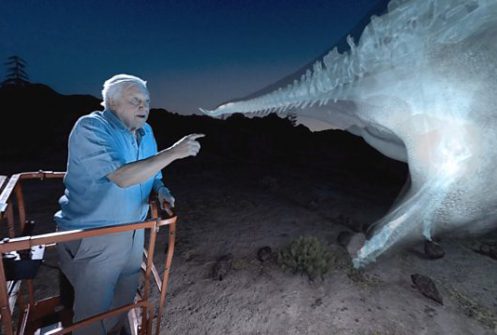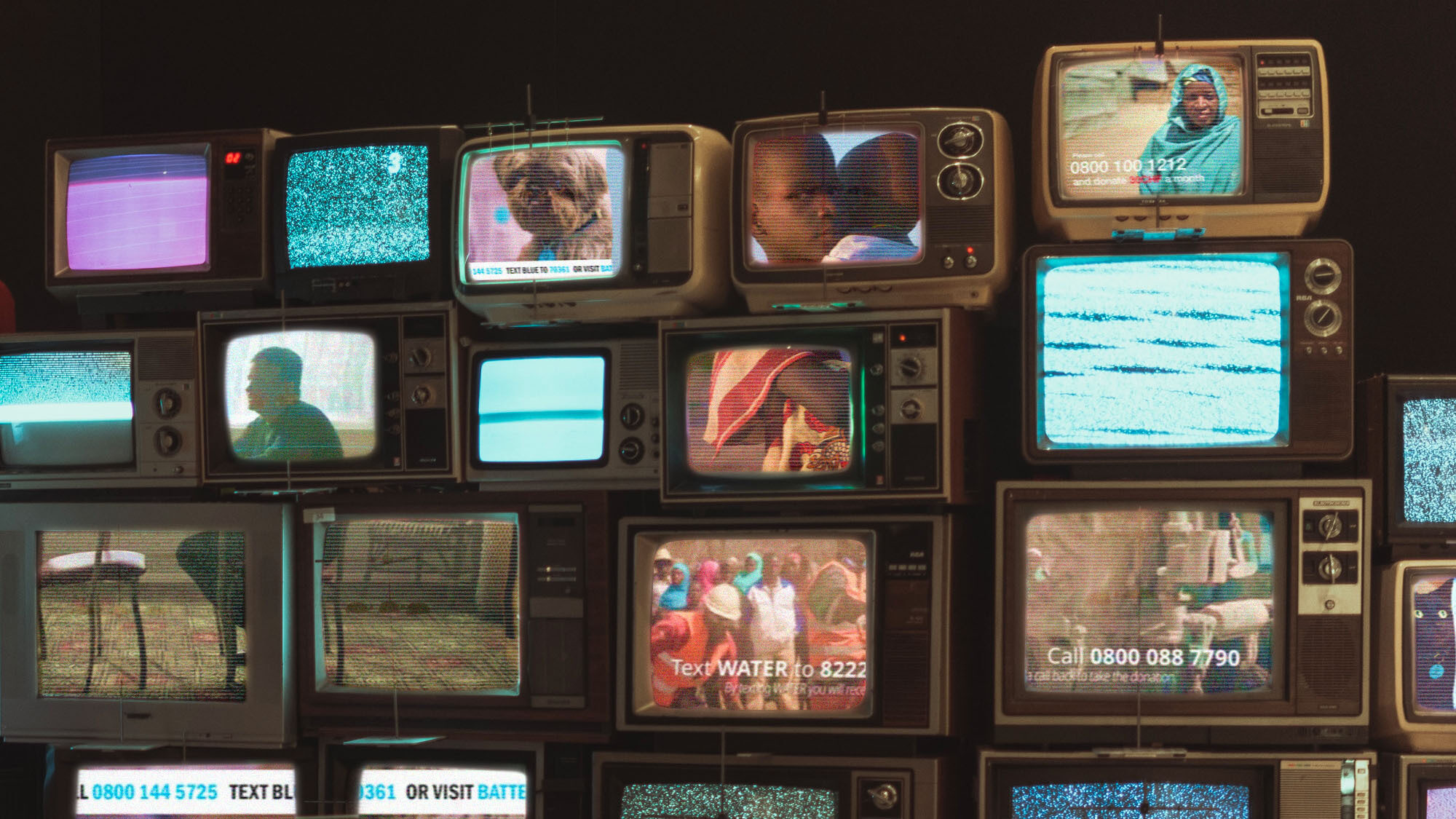

There tends to be a general mood in the industry that fundraising is moving on from TV and going in a slightly different direction. However, the fact is that there has been a significant growth in charities using TV every year over the last 5 years, proving it’s still in strong demand. This is because TV can and does work still for donor recruitment. In fact, nothing else matches its efficiency at scale.
So, if DRTV isn’t going anywhere, what is the future of DRTV?
We’re seeing an exciting shift in DRTV creative, moving away from traditional, and arguably damaging, fundraising tropes towards more empowering and inspirational representation.
In my opinion, this is a long overdue and much needed shift. This new fundraising narrative seeks to inspire donors to give from admiration, not just pity and guilt. It also shows beneficiaries as active agents of change, rather than passive recipients of aid.
Our research shows that audiences are broadly becoming sceptical and apathetic towards traditional DRTV. This means that, as an industry, we need to use more authentic storytelling and human truths to motivate them. Following movements like BLM, rising awareness around post-colonialism, as well as scandals surrounding celebrity ambassadors, many charities have realised the importance of lifting up and empowering beneficiaries, not compromising their values.
Many charities are already proving that it’s not only possible, but it works. We recently worked with Save the Children to launch their DRTV campaign, Siblings. The campaign was the first under their new brand guidelines with a renewed focus on empowering children. We focused on their inspirational story of two brothers, positioning them as fighters, not victims, in their own voice. The campaign aimed to highlight the resilience and power of children, even in the face of extreme hunger and malnutrition.

Despite contrary thought, DRTV still has a huge role to play. By consistently raising awareness and driving donations at scale, it’s even on the rise as a fundraising channel. But we must focus on improving the narrative for beneficiaries. We must commit to being bold and brave, in order to stand out and drive audiences to act.
But DRTV cannot reach its full potential in isolation. I still think there’s work to do to understand how it can work as part of a wider fundraising portfolio. For instance, we’re seeing many charities test response mechanisms and ask amounts which are key to determining what works for your audiences. We’re also seeing charities maximise the value of DRTV creative with wider, integrated campaigns. This a powerful tactic, and ensures other channels benefit from the uplift TV creates.
COVID-19 and travel restrictions also continue to pose challenges. This is particularly challenging for charities looking to feature real stories from beneficiaries. However, don’t be disheartened! With a clear strategy, you can find a wealth of opportunity in content archives if you look at it through the right lens. There have been some fantastic examples of charities innovating in the face of the COVID content challenge to find unique solutions… If you’re struggling to figure this one out, maybe it’s something we could help with?